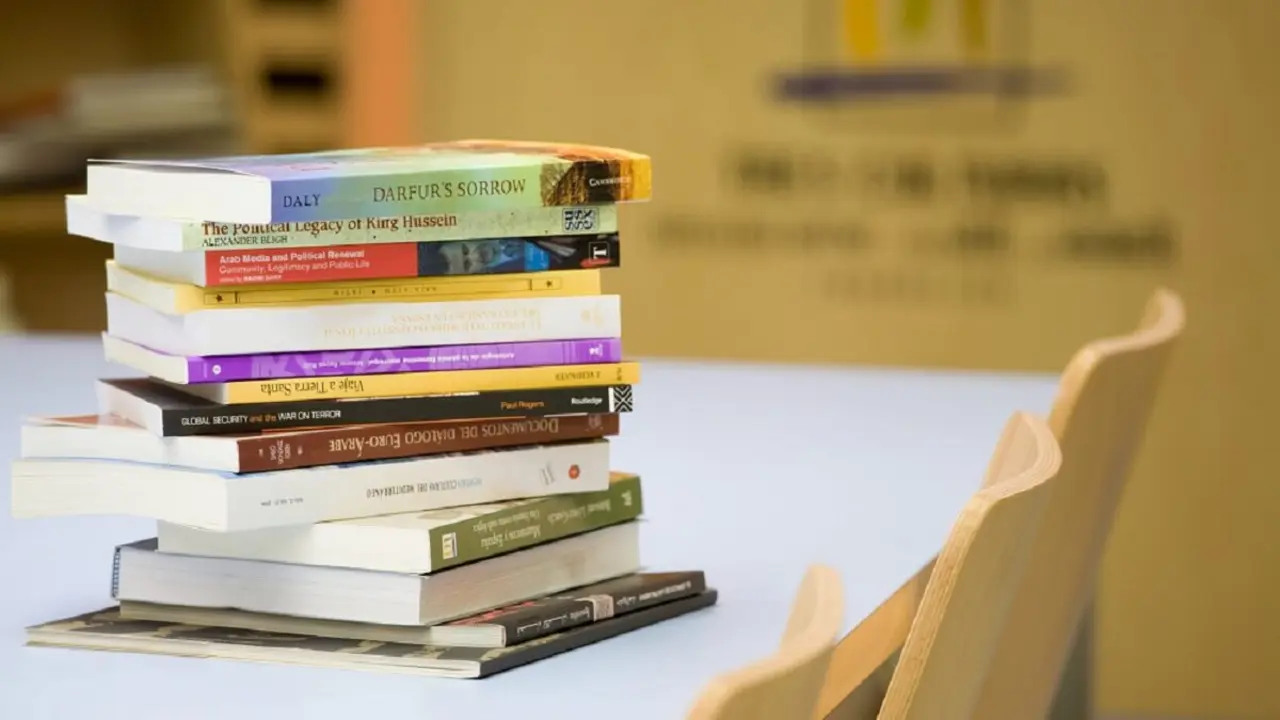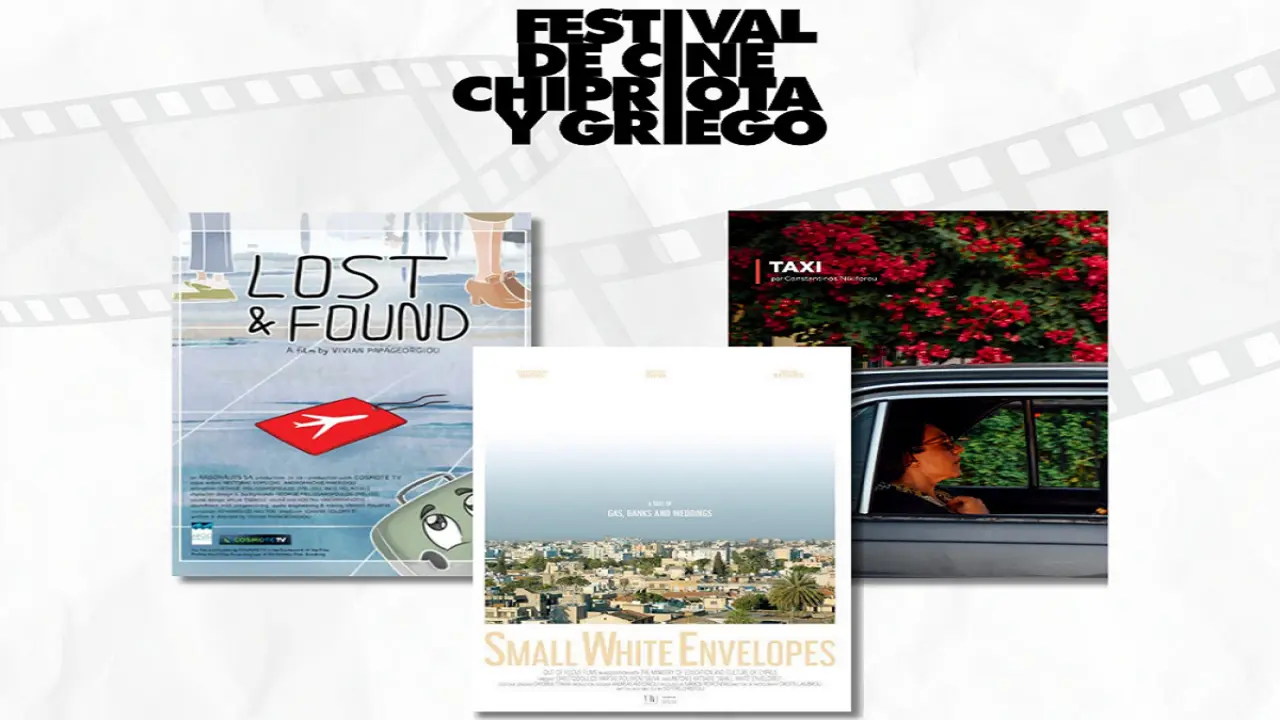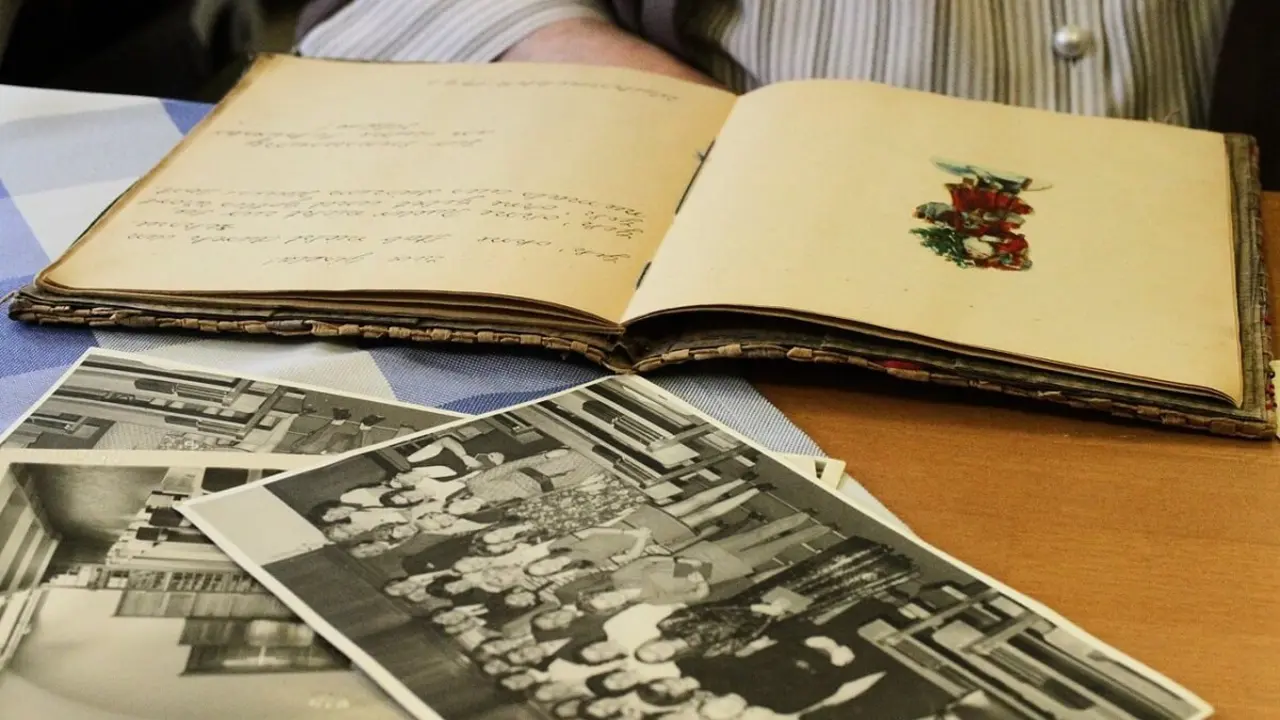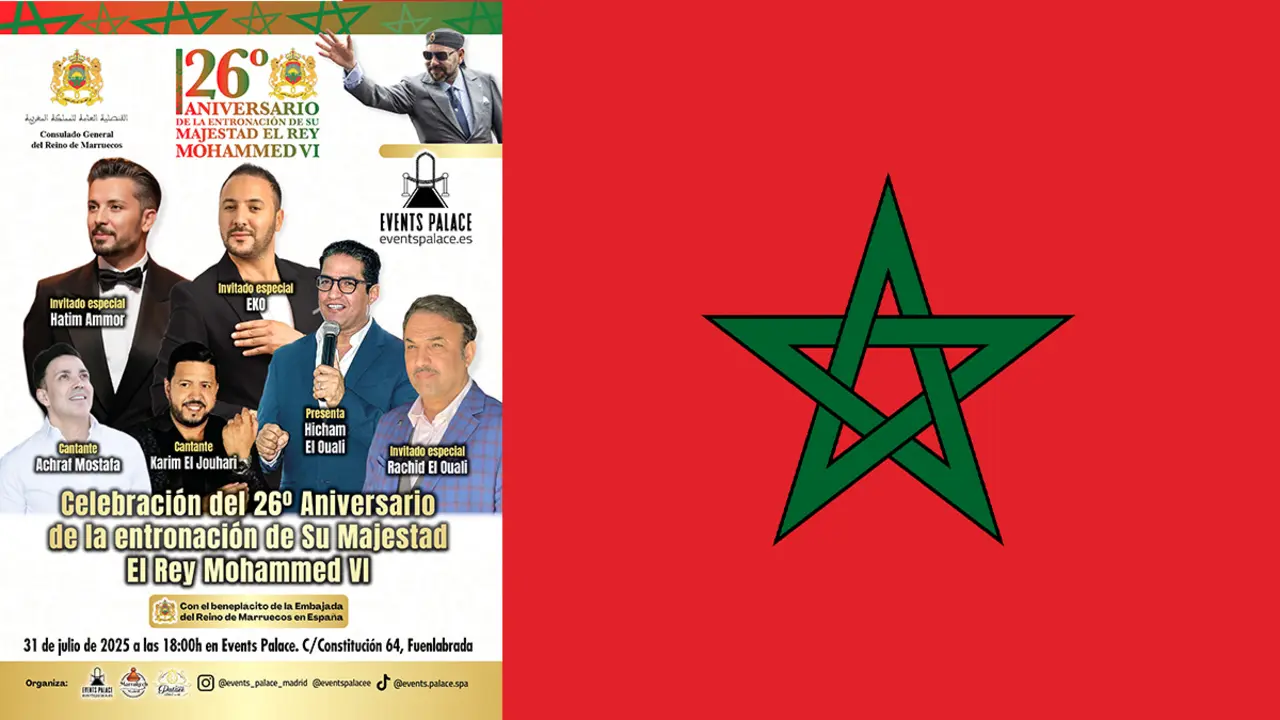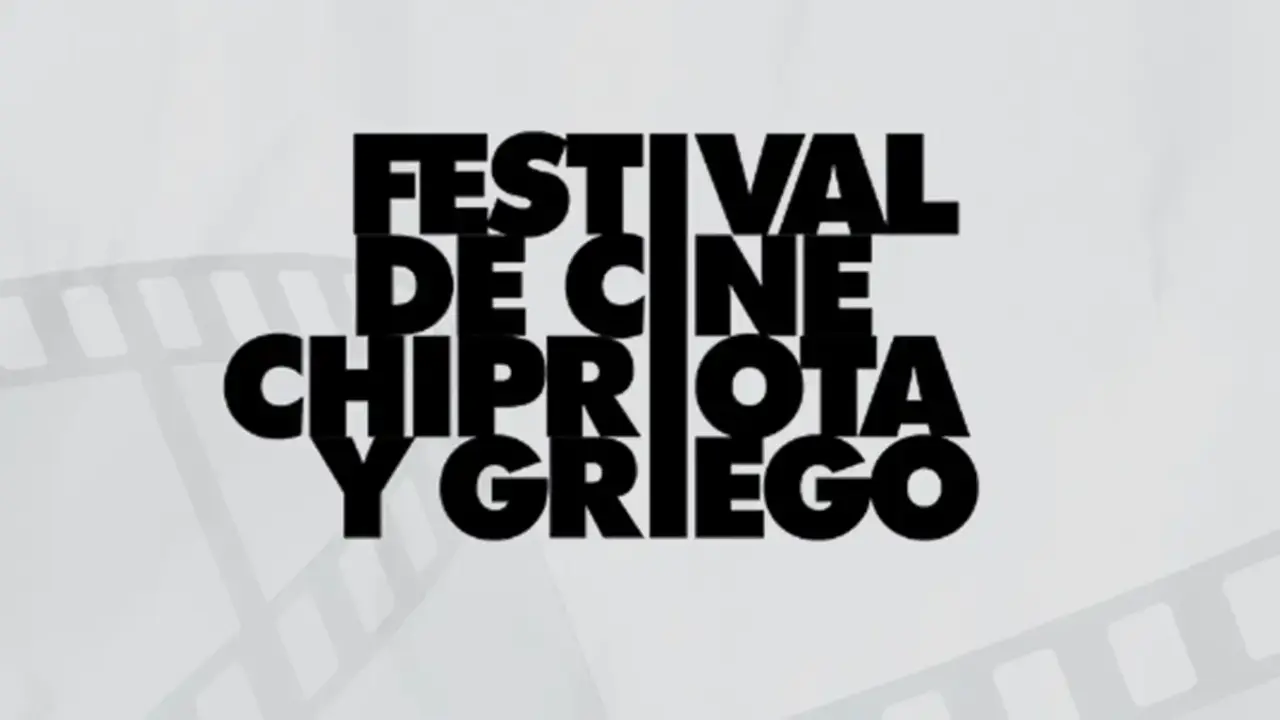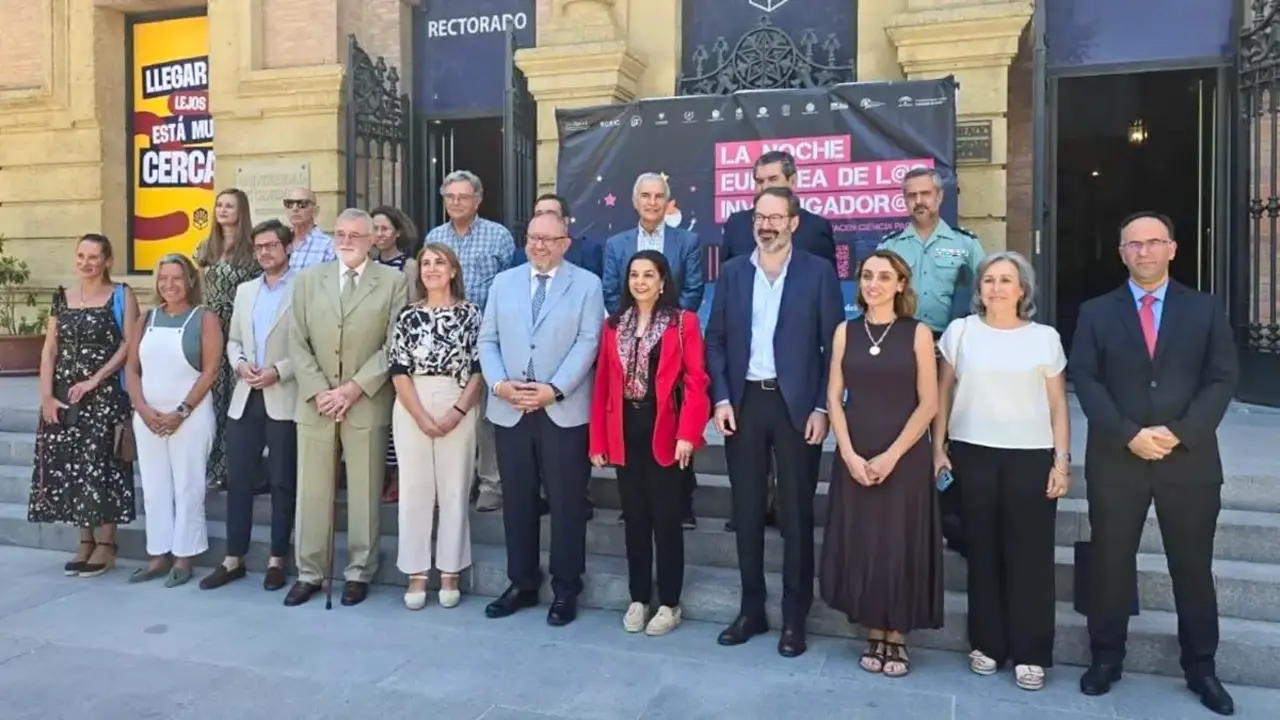The Three Cultures Foundation offers the course "The Spanish Extension of Tetouan: Common Heritage, World Heritage"
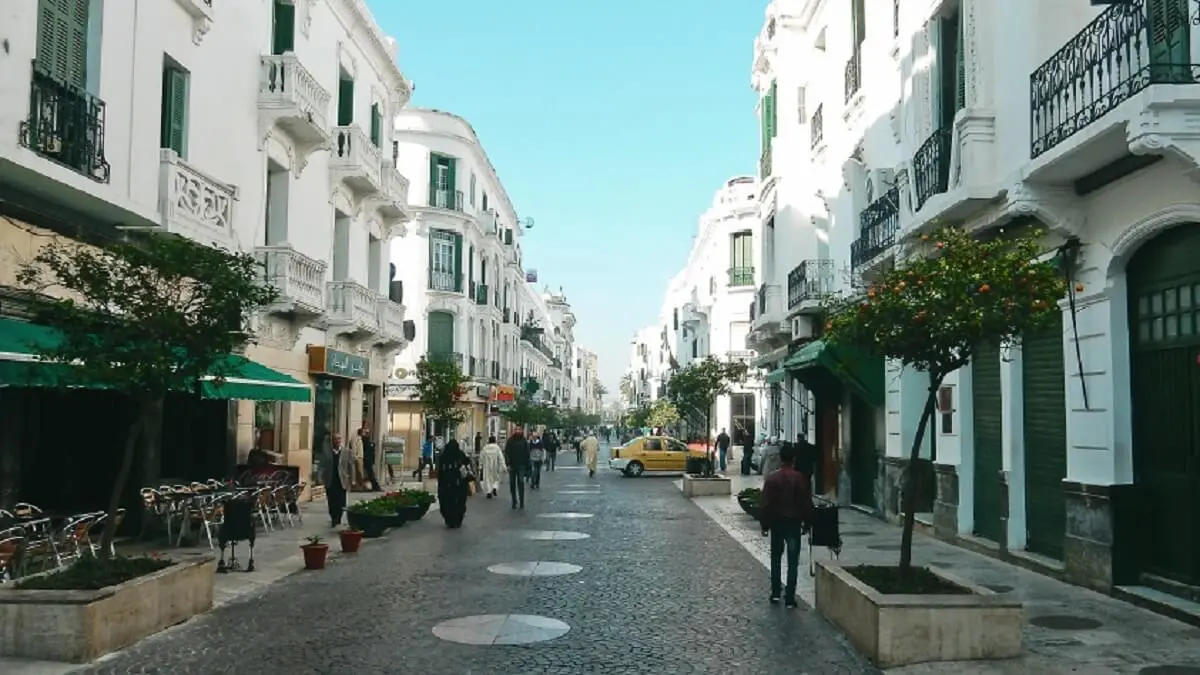
The Three Cultures Foundation is collaborating with the International University of Andalusia, the Andalusian Institute of Historical Heritage and the University of Seville in the organisation of the course "The Spanish Extension of Tetouan: Common Heritage, World Heritage", which will be given by prestigious national and international specialists and directed by María Dolores López Enamorado, lecturer in the Department of Arab and Islamic Studies at the University of Seville and delegate for relations with Africa and Arab countries.
The main objective of this course is the exchange of experiences between professionals from Andalusia, Spain and Morocco in order to contribute, with their reflections and proposals, to the work being carried out for the Spanish Ensanche of Tetouan to be included in the Declaration of World Heritage by UNESCO.
A complementary but no less important objective is to open up new lines of research and cooperation between Andalusian universities and institutions and those of northern Morocco.
The Ensanche of Tetouan, capital of the Spanish Protectorate in Morocco (1912-1956), is the best example of Spanish urban planning in the northern part of the neighbouring country. As early as 1914, the Building Regulations of the Ensanche were put into effect, which led to the start of work on the new city, understood not as something isolated and separate from the rest, but as a continuation of the existing city, the Medina, adapting and interweaving with the old urban fabric.
Renowned architects such as Carlos Ovilo worked on its design, leaving their mark on unique, perfectly recognisable buildings, in an urban layout that blends different trends and styles: the Modern Movement, Francoist architecture, styles with regionalist influences - a fashionable trend in Andalusia at the time - as well as neo-Mozarabic, historicist and neo-Herreran elements, to name but a few.
Today, more than a century later, the Medina and the Ensanche of Tetouan constitute an exceptional example of interaction between two urban models, which give the city a perfectly recognisable and unique monumental character. This uniqueness led to the Medina of Tetouan being declared a World Heritage Site by UNESCO in 1997. A few years later, in 2015, the Ensanche was declared a Moroccan National Heritage Site. And in 2022, work began to apply for the extension of the UNESCO declaration to include the Tetouan Ensanche, this exceptional part of the city, designed and built during the time of the Spanish Protectorate.
It is therefore a unique moment for specialists from both shores to meet, learn from each other, share experiences and reflect in order to contribute to the elaboration and presentation, in 2023, of the proposal to extend the Declaration of the Medina, including the Spanish Ensanche of Tetouan in the Unesco World Heritage Declaration.
The course, organised around lectures, workshops and round tables, brings together people from the world of architecture, history, heritage, culture, literature, universities and cooperation, mostly from Andalusia, together with specialists from other parts of Spain and northern Morocco. The teaching staff who make up the academic programme know the subject perfectly well, and have worked in the field, or on complementary disciplines and realities.
With a duration of 25 teaching hours, the course will be held in person between 25 and 28 September. The application period is open until 21 June.
More information and registration: www.unia.es/ensanche.tetuan

